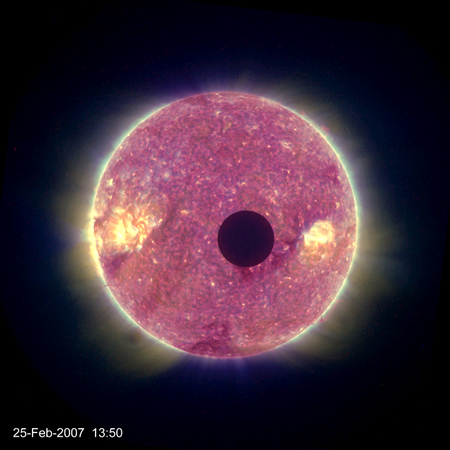Okay, I liked the Woody Allen film as much as anybody, but why has ESO titled its latest press release “the Purple Rose of Virgo”?
Aside from my lack of comprehension regarding the obscure (I’m not sure I could even call it “pop”) culture reference, I have a gripe with the reference to color. “Purple” is a tricky color, and one that doesn’t occur via blackbody radiation. So it seems inappropriate to describe a galaxy by a color it only possesses because of image manipulation.
In the biz, we call this “color enhanced.” But it should not suggest the actual color of the object, nor should it be used as the basis for a press release title!
Grumble. Time for more coffee.
(Oh, by the way, that’s a supernova below and to the right of the center of the galaxy! Nifty.)










